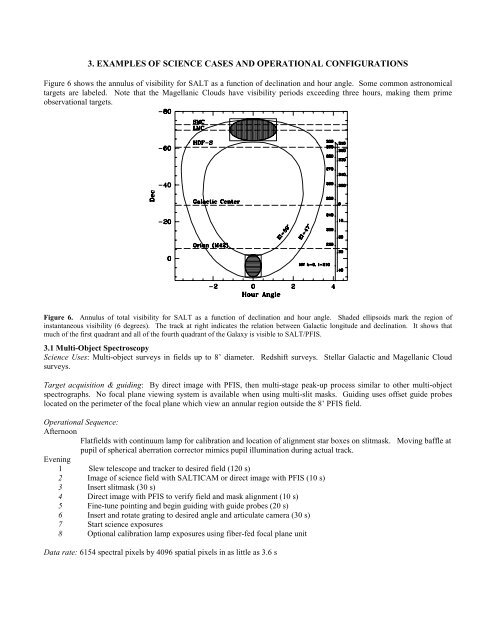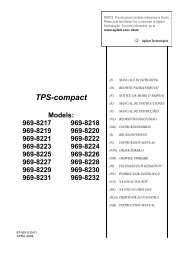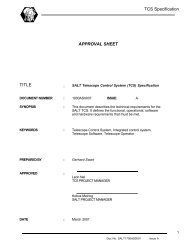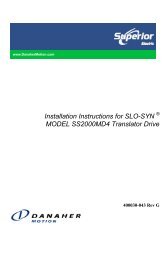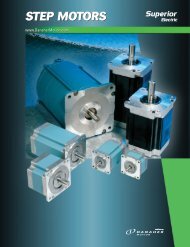The Prime Focus Imaging Spectrograph for the Southern - Space ...
The Prime Focus Imaging Spectrograph for the Southern - Space ...
The Prime Focus Imaging Spectrograph for the Southern - Space ...
Create successful ePaper yourself
Turn your PDF publications into a flip-book with our unique Google optimized e-Paper software.
3. EXAMPLES OF SCIENCE CASES AND OPERATIONAL CONFIGURATIONS<br />
Figure 6 shows <strong>the</strong> annulus of visibility <strong>for</strong> SALT as a function of declination and hour angle. Some common astronomical<br />
targets are labeled. Note that <strong>the</strong> Magellanic Clouds have visibility periods exceeding three hours, making <strong>the</strong>m prime<br />
observational targets.<br />
Figure 6. Annulus of total visibility <strong>for</strong> SALT as a function of declination and hour angle. Shaded ellipsoids mark <strong>the</strong> region of<br />
instantaneous visibility (6 degrees). <strong>The</strong> track at right indicates <strong>the</strong> relation between Galactic longitude and declination. It shows that<br />
much of <strong>the</strong> first quadrant and all of <strong>the</strong> fourth quadrant of <strong>the</strong> Galaxy is visible to SALT/PFIS.<br />
3.1 Multi-Object Spectroscopy<br />
Science Uses: Multi-object surveys in fields up to 8’ diameter. Redshift surveys. Stellar Galactic and Magellanic Cloud<br />
surveys.<br />
Target acquisition & guiding: By direct image with PFIS, <strong>the</strong>n multi-stage peak-up process similar to o<strong>the</strong>r multi-object<br />
spectrographs. No focal plane viewing system is available when using multi-slit masks. Guiding uses offset guide probes<br />
located on <strong>the</strong> perimeter of <strong>the</strong> focal plane which view an annular region outside <strong>the</strong> 8’ PFIS field.<br />
Operational Sequence:<br />
Afternoon<br />
Flatfields with continuum lamp <strong>for</strong> calibration and location of alignment star boxes on slitmask. Moving baffle at<br />
pupil of spherical aberration corrector mimics pupil illumination during actual track.<br />
Evening<br />
1 Slew telescope and tracker to desired field (120 s)<br />
2 Image of science field with SALTICAM or direct image with PFIS (10 s)<br />
3 Insert slitmask (30 s)<br />
4 Direct image with PFIS to verify field and mask alignment (10 s)<br />
5 Fine-tune pointing and begin guiding with guide probes (20 s)<br />
6 Insert and rotate grating to desired angle and articulate camera (30 s)<br />
7 Start science exposures<br />
8 Optional calibration lamp exposures using fiber-fed focal plane unit<br />
Data rate: 6154 spectral pixels by 4096 spatial pixels in as little as 3.6 s


